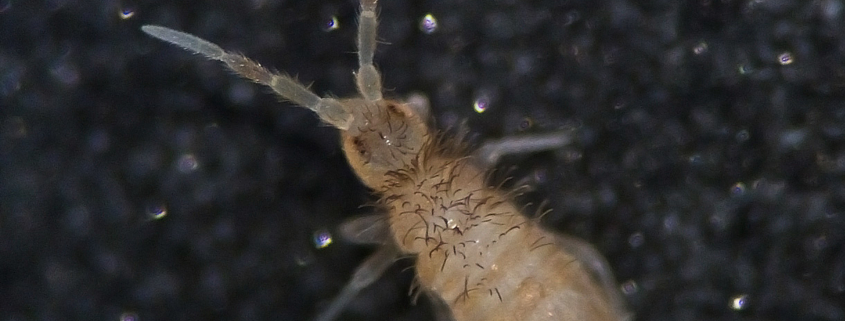New publication: Novel egg life-stage test with Folsomia candida – a case study with cadmium
A protocol for a reproduction test with the collembolan Folsomia candida was developed, starting exposure with eggs instead of juveniles as required by OECD test guideline 232. Accordingly, the exposure and, thus, the test duration was extended. The extended test starts with synchronisation of eggs in a thin soil layer on plaster of Paris, selection of viable eggs, and burying of the eggs in soil. Afterwards, the test protocol follows the standard procedure as described in OECD test guideline 232. With cadmium as test substance, test were performed starting (1) with eggs, and (2) with juvenile collembolans. In F. candida exposed since the juvenile life stage, an EC50 of 95 mg/kg soil dry weight was determined for the endpoint reproduction. In F. candida, which had already been exposed as eggs, the EC50 for reproduction was higher (242 mg/kg soil dry weight). Further studies using different soils and contaminants are suggested to evaluate the effects of the extended exposure duration.
For additional information, see the publication in Science of the Total Environment:
Guimarães, B., Römbke, J., Amorim, M.J.B. (2019). Novel egg life-stage test with Folsomia candida – a case study with cadmium (Cd). Science of the Total Environment 647, 121-126.
For further new publications, see ECT’s publication list.

 D. Leib
D. Leib D. Leib
D. Leib SETAC
SETAC